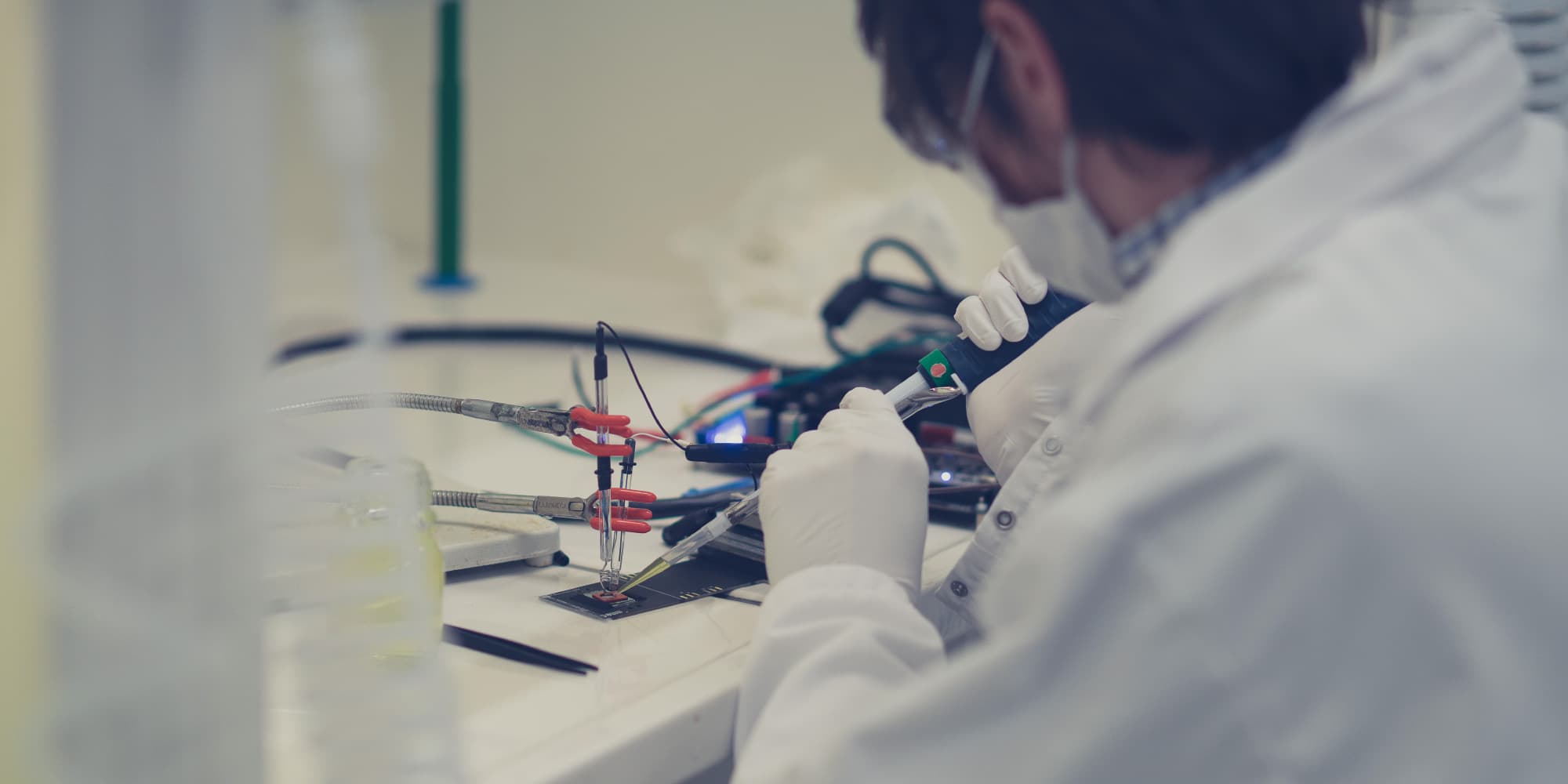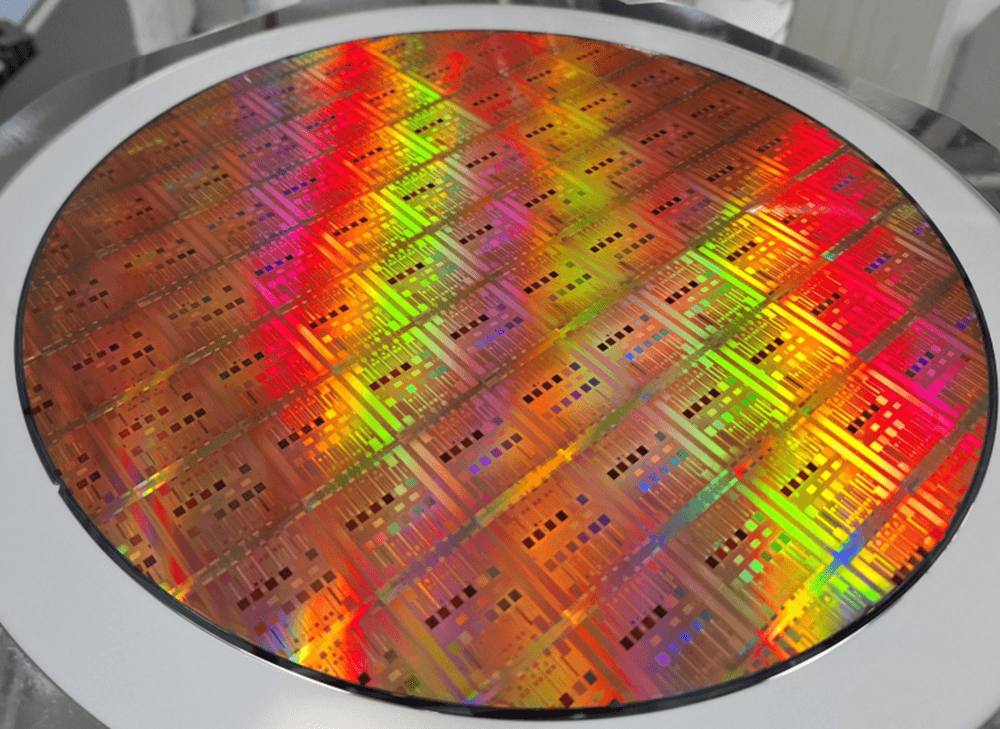On an almost regular basis, headlines report a "revolutionary" breakthrough in cancer research. At the same time, our relatives - often far too young - continue to die from this terrible disease. Can technology make a difference? On World Cancer Day, Liesbet Lagae gives her vision on the facts versus the promises in her research domain of life science technologies.
Fact or fiction: are we on the eve of a revolution in cancer therapy?
Liesbet Lagae: “Over the past few years, enormous progress has been made, in particular in the development of immunotherapy. These are treatments in which the patient's own immune system is adapted and used to fight a disease. In the domain of cancer treatment, immunotherapy promises to cure the cancers that cannot be healed today.”
That’s a strong claim to make. How realistic is it that immunotherapy will live up to this promise?
Liesbet Lagae: “I sincerely believe that on the long run immunotherapy can have a similar impact on medicine as antibiotics did at the time. And in particular cell therapy: a specific form of immunotherapy in which immune cells are extracted from the body and, after genetic modification, inserted back into the patient. Just because it is fundamentally different from traditional drug administration, it creates a window for a unique set of new treatments. Yet, despite the increased attention, it is important to know that the whole domain still is still truly experimental. While successful treatments are widely reported in the general media and in professional literature, they remain precious isolated successes for the time being. On a global scale, cell therapy is still far from accessible.”
Why is cell therapy not yet available?
Liesbet Lagae: “For various reasons. First you have the inherent complexity and cost of the entire process. Cell therapy requires a large number of steps, which often have to be performed manually and on expensive machines. And this while no mistakes or contaminations may occur. The process from blood extraction to reinserting the cells therefore currently takes more than three weeks and costs between €300k-500k for a single treatment.
A second reason is regulation. In Belgium we are lucky to enjoy a certain standard of living and to have a progressive minister of healthcare. Which means that some experimental treatments can already be made available for clinical applications. But not all countries are in the same position. And even if they wanted to, it is not always realistic because of the related costs.
A third reason is linked to the available resources for research. Most budgets for cancer research come from specific, often private, cancer funds. And these focus on the entire well-being of the patient, so funding research is only part of that. Contrary to what people may think, the available public funds available aside from these are relatively limited. And private investors are still not sufficiently familiar with the domain. One that has high investment risks, but therefore also potentially high returns.”
This all sounds a bit gloomy. So why are you then convinced of a positive outcome?
Liesbet Lagae: “In 2017, the US Food and Drugs Administration (FDA) approved cell therapy for the first time, namely for the treatment of leukemia in children and young adults. This gave a huge confidence boost to everyone who is active in the domain and also attracted the attention of the industry. Until five years ago, cell therapy was the exclusive domain of small startups or academic groups, without the pharmaceutical industry on board. Today, the interest from the pharma industry is suddenly there. In the last few years, I alone have had more than 15 major pharmaceutical companies visiting our research facilities. They understand the need to make the cell-therapy process efficient and reliable, so that it can be used on a larger scale. And there lies the crucial role of technology. One could say that the 20th century was one of technology and electronics progress "as such". If I only see what has happened between 2000 and now, I dare to state that the 21st century will be of the coming together of technology and life sciences. Thanks to the extensive miniaturization of chip technology and the possibilities for integrating new materials and complex components, many medical processes and devices have already become substantially more accessible. Think of chips for DNA analysis, the non-invasive prenatal test (NIPT) that since a few years has almost become standard here, and so on. I recently read an article that UZ Leuven has successfully applied the NIPT test to detect certain blood cancers in pregnant women. The same chip technologies can be used to make cell therapy more reliable and efficient.
And all these factors have a synergetic effect between them. The more demonstrated successes and possibilities and the more mature the chip technology, the greater the interest and available resources from the industry. The more interest and resources from the industry, the greater the confidence of the legislator and the faster the progress in technological research and development ...”
Where do you and imec fit into this whole story?
Liesbet Lagae: “As a leading research center in chip technology, imec is inherently at the forefront of these technological developments. Much of what happens at imec has direct or indirect value for the advancement in medicine. Think of technology for biosensors, lens-free imaging systems, wearables, implants & ingestibles, neuroelectronics etc.
I myself am at the head of the life sciences group together with a colleague. I started it in 2005 with just three people. We are now with more than a hundred experts who work specifically on life science technology. In addition to our team, we also work together with other imec experts, for example in chip processing, software and so on. And with external experts from the life sciences, pharmaceuticals and biomedical industry. The increased capacity imec has dedicated to this subject illustrates the importance of, and belief in, this research.
Our most recent progress results from the European Jet Cell program, which ended in 2019 and was funded by the European Research Council (ERC). We achieved important breakthroughs in an automatic cell-sorter chip. We successfully demonstrated that the chip can isolate the correct immune cells from a blood sample very quickly, reliably and accurately; so they can then be modified for the desired therapy. This is an important step to reduce the cost of cell therapy, because such a chip is much cheaper than the devices currently being used. With this chip you also avoid manual operations and the associated lead time and risks of errors or contamination.”
What has been the most remarkable moment in your research career so far?
Liesbet Lagae: “An important moment for me was around five years ago. When we were first approached by doctors who wanted to know more about what we were doing at imec and even wanted to co-invest. Doctors had already for some time been aware that more objective data is important for medicine. But for me this was the first time that they were so interested in the possibilities that chip technology could offer. Until that moment, I often felt like a missionary, preaching everywhere on how important our research is. The day when the medical world realized that chip technology is essential for the efficiency in their sector was a striking moment for me.”
And what is your biggest dream?
Liesbet Lagae: “The next I look forward to is the day when the mutual appreciation between medicine and technology effectively produces cell therapies that positively impact the world on a large scale. I am not going to burn my fingers on making predictions on the exact timing, but let’s say that lead times from research to application are usually around ten years. So hopefully within five years we can expect a further breakthrough for the application of cell therapy.
In the longer term, I share the dream of the life-science sector of a point-of-care therapy solution. A kind of espresso machine for cell therapy, in which you could insert a blood sample and where modified cells come out that you can immediately re-introduce into the patient. Or maybe that this device is even a smart implant; which reprograms cells without you ever have to go to a hospital. But let’s take one step at a time and take the rest of the 21st century to realize that dream ...”

Liesbet Lagae is co-founder and Program Director of the Life Science Technologies in imec. In this role, she oversees the emerging R&D, the public funded activities and early business creation. She holds a PhD degree from the KU Leuven, Belgium for her work on Magnetic Random Access Memories. As a young group leader, she has initiated the field of molecular and cellular biochips leveraging silicon technologies at imec, Belgium. The life science program has grown from emerging activities to a mature business line that provides smart silicon chip solutions to the life science industry. Applications include medical diagnostics, point-of-care solutions, DNA sequencing, cytometry, bioreactors, neuroprobes, implants. She holds a prestigious ERC consolidator grant for developing a platform on single cell analysis and sorting. She has (co-) authored 125 peer-reviewed papers in international journals and holds 15 patents in the field. She is also part-time professor in nanobiotechnology at KU Leuven/Physics department.
More about these topics:
Published on:
4 March 2020












